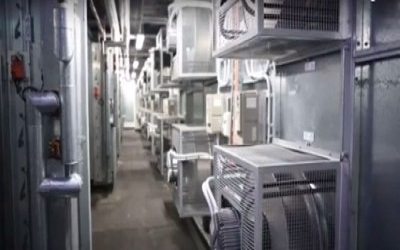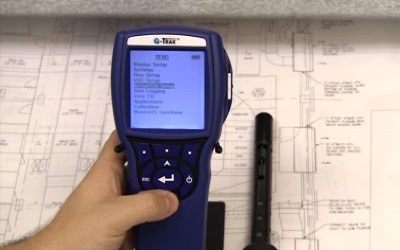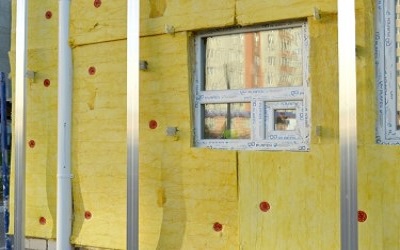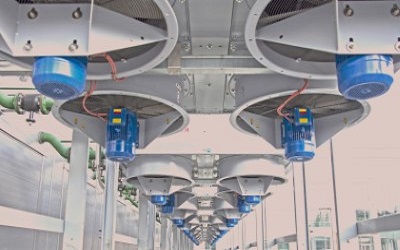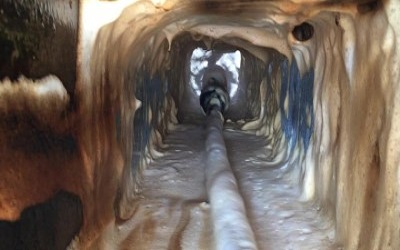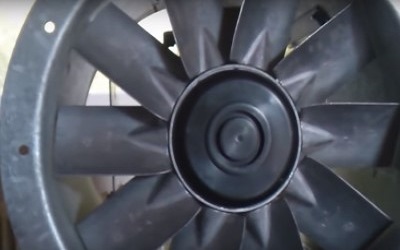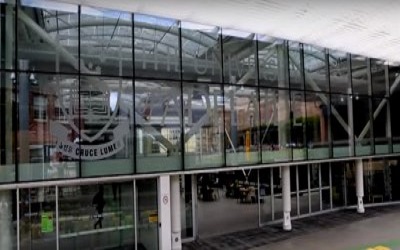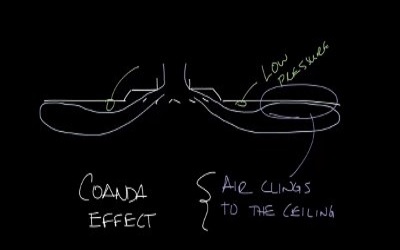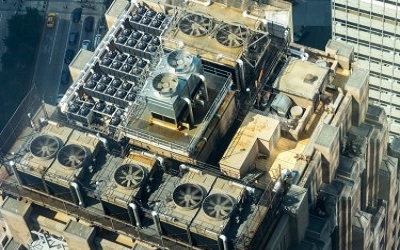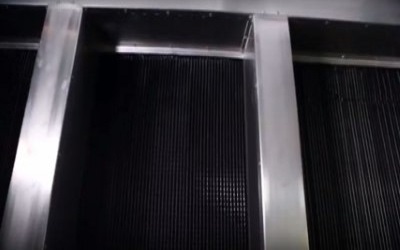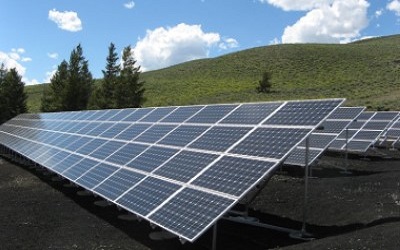HVAC challenges and beyond
HVAC challenges and beyond
The control of indoor climate is an essential industry throughout the world. Only in a few favoured locations on earth’s temperate zones can people live comfortably and work effectively all year round without some form of summer cooling and winter heating.
Air conditioning engineers, architects contractors, and technicians are modifying and maintaining an indoor climate in homes, factories, offices, hospitals in nearly every country in the world. Just consider for a moment, the consequences that would result if all the air conditioning system were to stop working. Not only would temperature and humidity conditions become intolerable much of the time, but industrial production would be adversely affected as well. Activities involving computers, electronics, aircrafts production, precision manufacturing, telecommunication networks, and much modern progress would also come to an immediate halt.
Air conditioning in business, industry, schools, hospitals, theatres, restaurants, homes is no longer a luxury but an essential part of modern living. This luxury comes with an adverse effect on our environment and depleting energy resources.
New challenges have revolutionised air conditioning practice over the years; first starting within the energy crisis in the ’80, the need to develop better technologies to reduce air conditioning consumption, increase efficiency and now to use renewable sources of energy.
The energy crisis has demanded that the industry give immediate attention to increased efficiency of equipment and improved standards of insulation for the control of heat losses and gains. There is also a long-overdue interest in renewable sources of energy, and particularly in solar and wind energy. However, we must not forget the top two priorities of the Energy Hierarchy, that is to reduce energy consumption, followed by the second top priority to increase energy efficiency. Too many proponents of renewable energy conveniently or perhaps purposefully bypass these two priorities and jump ahead onto renewable in the very first instance. If we truly strive for a sustainable future, we have no option but to embrace the Energy Hierarchy.
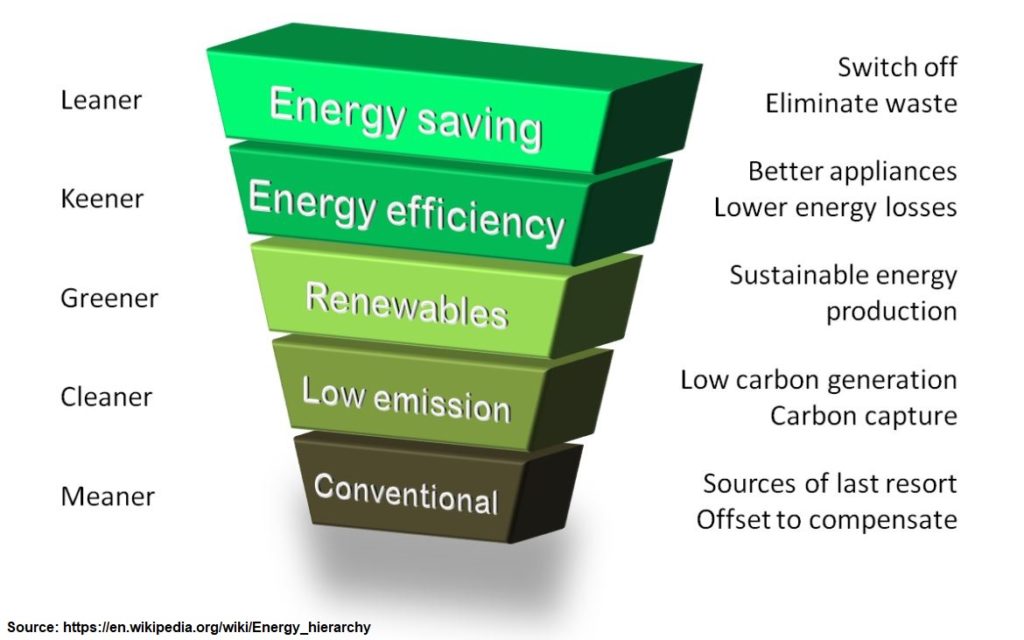
Winter heating in one form or another is known for centuries, but comfort cooling is of relatively recent. Mechanical refrigeration was becoming commercially successful by early 1900, and its potential for cooling air was soon recognised. In 1917 Willis H. Carrier began systematic studies of the “conditions” of air-water vapour mixtures, and shortly after that engineers and inventors began designing suitable equipment for the cooling of air by refrigeration. During the 1930s the production of air conditioning equipment began on a commercial scale, and 1950 the industry was firmly established. By 1960 the era of “customer acceptance” was quickly turning into “customer demand”.
For the past 50 years the growth of the industry has been phenomenal. New applications of air conditioning and methods and equipment are developed each year. Indoor climate can be controlled over a large volume, as in the famed Houston Astrodome being the world’s largest air-conditioned space when it was installed. This large system serves a space 85m high, keeping players and sports fans comfortable summer and winter over an area of more than 40,000m².

By (Bill and Mavis) – B&M Photography – Place is Houston, Last game in Astrodome, regular season and Astros clinch playoff berth!, CC BY-SA 2.0, https://commons.wikimedia.org/w/index.php?curid=6933051
Air conditioning systems use a great deal of energy, most of them presently from fossil fuels. Every possible step must be taken to reduce the energy demands for heating and cooling through better insulation, suitable technologies and increased efficiency of systems and equipment. Solar energy is a renewable resource, available anywhere on a cloudless day. Solar radiation on a clear day is sufficient in most localities to provide a significant proportion of the energy needed for heating, ventilating, and air conditioning (HVAC) systems when properly designed. Energy from the sun has a dramatic impact on the air conditioning industry in the coming years but not until technological advances in production density and storage is resolved.
Related
Read more: Fan wall
Read more: How to verify the percentage of outside air in an enclosure
Read more: BCA Part J5 Air-conditioning system control
Read more: Microbial Induced Corrosion (MIC) in Pipes
Read more: Is your kitchen exhaust system a fire hazard
Read more: What is coanda effect
